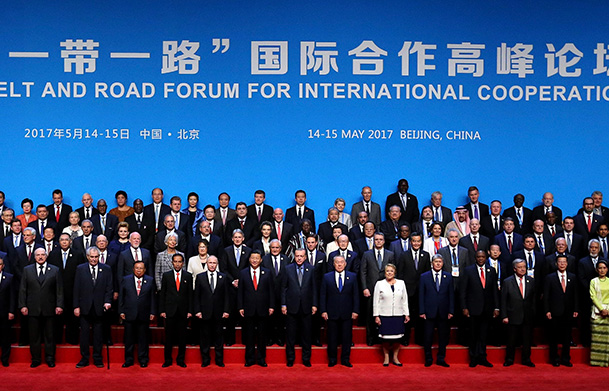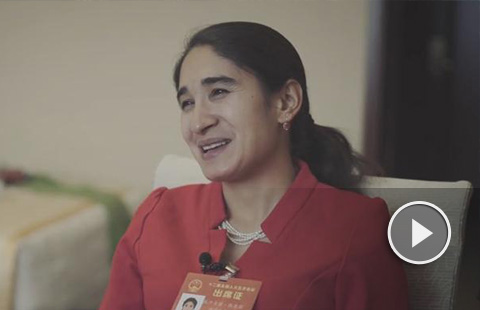Initiative grows jobs in China, report says
The Belt and Road Initiative has proved to be effective in creating employment opportunities in many parts of China, according to a report by recruitment website Zhaopin.
The report found big increases in job opportunities last year in the 18 provincial regions identified in 2015 as key to the initiative.
In 2015, the yearly growth rate of job offers in seven of the 18 provincial regions was higher than the 27 percent national average that year.
A year later, in 2016, 14 of the regions had a growth rate higher than the year's 28 percent national average, according to the report.
The 18 key provincial-level regions - including the Xinjiang Uygur, Tibet and Ningxia Hui autonomous regions and Fujian province, and 15 key port cities including Guangzhou and Qingdao - were named in an action plan for the Silk Road Economic Belt and 21st Century Maritime Silk Road that was jointly published in March 2015 by the National Development and Reform Commission and the Foreign Affairs and Commerce ministries.
The increase of job opportunities is more obvious in western parts of China. Ningxia and Tibet topped the growth rate for the 18, pulling themselves up from the bottom of the list in 2015.
Ningxia's growth rate for job opportunities shot up to 137 percent last year from 6 percent in 2015. The growth rate in Tibet stood at zero in 2015, but it increased to 79 percent last year, the report found.
China's job opportunities developed in an unbalanced way over time, with western areas lagging behind. But the initiative has raised hopes of changing the employment environment in those areas, said Li Qiang, a senior vocational counselor at Zhaopin.
Li said job offers in infrastructure construction, particularly, are growing faster in the 18 provincial regions than in other areas.
The report also found an increase of job offers in international trade in the 15 key port cities. Quanzhou in Fujian province had a negative growth rate, -2 percent, in 2015. In 2016, the growth rate was 52 percent.
The big increases speak to the rapid development of international trade, Li said.


















